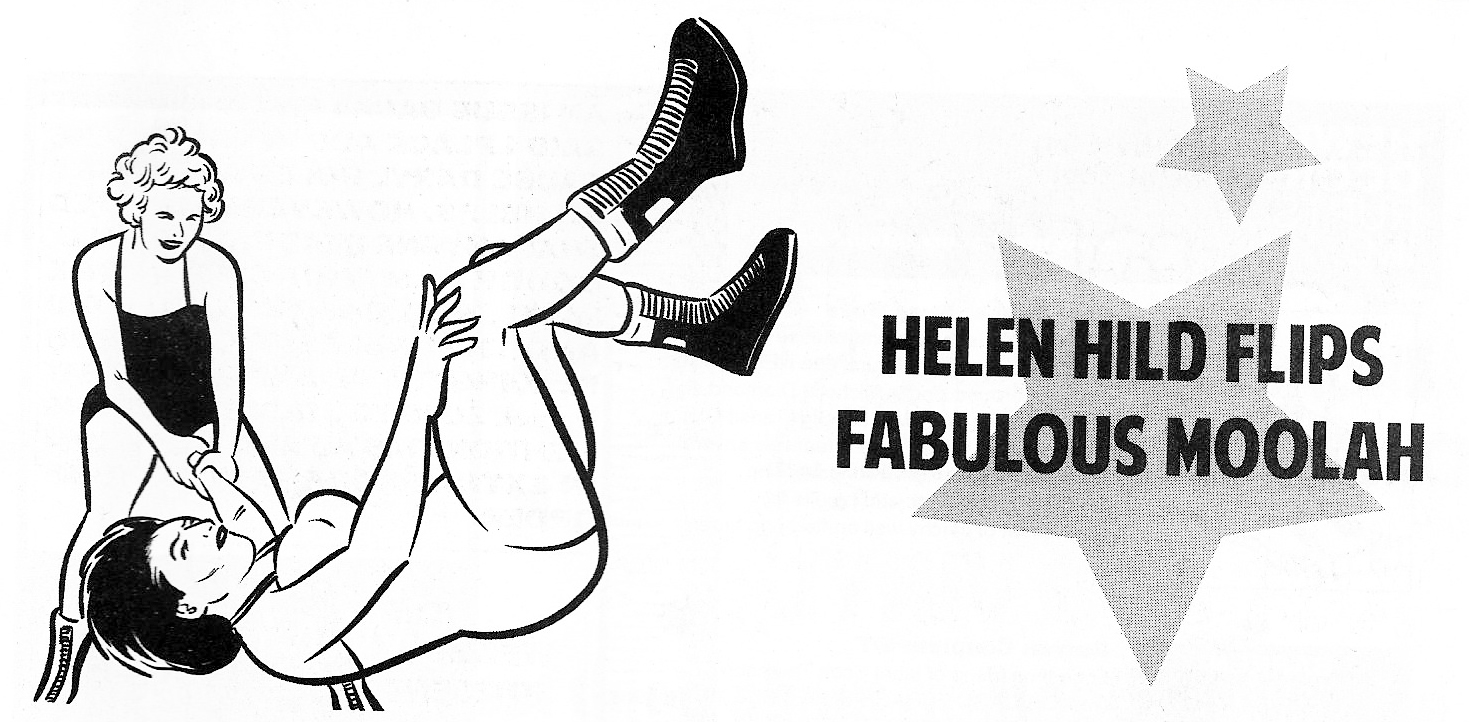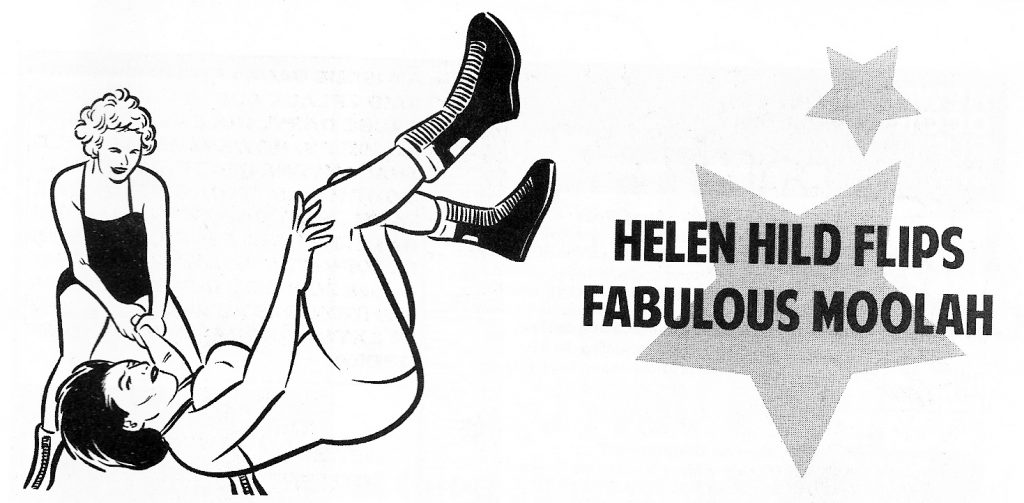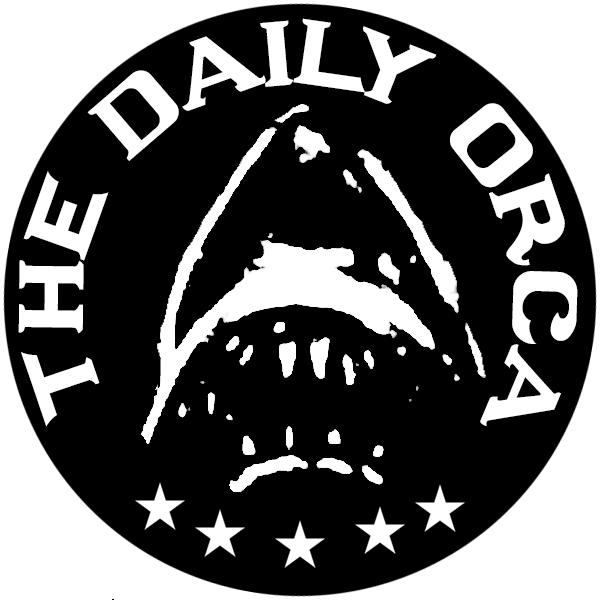One Punk’s Guide to Professional Wrestling: PART FOUR


Vince McMahon, Jr. and the Death of the Territories
The 1980s was a very big decade for professional wrestling. A lot happened in a relatively short amount of time. With the advent of cable television and pay-per-view, the decade saw one company rise to dominance, while the others all but died off. Many of the promoters, in truth, had only themselves to blame. Bad decisions and poor management are what, in the long run, put them out of business, but that’s not what they would have you believe. To many of the old-timers, there was one and only cause of their demise: Vince McMahon Jr.
At the beginning of the ’80s, the territories were still hot. The NWA, the AWA, WCCW (World Class Championship Wrestling, ran out of the Dallas area and home of the Von Erich family), CWF (Championship Wrestling from Florida, the Tampa territory that saw the early development of stars such as Dusty Rhodes, the Funks, and “Superstar” Billy Graham), CWA (Continental Wrestling Association, out of Memphis, which, in 1982 made national news by promoting the infamous Jerry Lawler versus Andy Kaufman feud), and countless others were all doing good business. They had hot feuds and TV ratings were up. Most promotions were, by and large, respecting the territory system and the old way of doing things. Vince McMahon Jr. had other ideas.
When he bought the WWF (World Wrestling Federation, renamed from WWWF a few years earlier) from his ailing father in 1982, McMahon already had some success in promoting. He’d been working with his father in the business since the late 1960s, giving him an unprecedented education on how it all worked. Combining his knowledge of wrestling with extremely shrewd business acumen, he was eager to try some new ideas. McMahon gleaned early on that the days of the “technical” wrestler were coming to an end. While shooters and hookers were a once necessary piece of the puzzle to keep would-be rebels in line, those days were over. McMahon wanted flash and pizzazz, not headlocks and armbars. Less concerned with old school traditions like Kayfabe and “protecting the business” than the other promoters, McMahon broke as many of the old rules as he could and never once looked back.
In the early ’80s, Verne Gagne’s AWA was poised to become the top promotion in the country. Gagne had cultivated stars like Nick Bockwinkel, Bobby Heenan, the Hennigs (Larry “The Axe,” and later his son, Curt), and most notably, Hulk Hogan. Fresh off an appearance in Rocky III (1982), Hogan was arguably the hottest wrestling star in the world. He was all set to become the AWA Heavyweight Champion, but Gagne had a catch. He wanted a share of Hogan’s merchandise sales from his dates overseas and elsewhere. Gagne argued that he had “made” Hogan, and therefore deserved a cut. When Hogan refused, a rift formed and Gagne booked him to lose to Bockwinkel for the title. Already angry when McMahon came along with an offer, Hogan agreed to jump ship. By not compromising and coming to an agreement with Hogan, Verne Gagne all but sealed the fate of the AWA.
It didn’t take long for others to start jumping ship. Interviewer and announcer Gene Okerlund was one of the first to go, giving the WWF one of its most beloved characters of all time, followed shortly by Jesse Ventura, Adrian Adonis, and many others. But it wasn’t just the AWA talent Vince had his eye on. In fact, he lured away top stars from nearly every promotion.
In need of a heel to face Hogan, McMahon contacted Roddy Piper, who was working for Jim Crockett Promotions out of Charlotte, N.C. at the time. It was a brilliant move that set the tone for the early days of McMahon’s WWF. McMahon had an existing stable of legitimate stars, but the acquisitions from the other promotions, coupled with clever marketing, put the WWF on the road to becoming the top promotion in the world. There were notable early holdouts, like Ric Flair and Dusty Rhodes, but by the end of the decade, even they eventually caved to the money McMahon offered.
The talent raids were just the beginning of McMahon’s takeover of the business. He saw no reason to limit his viewership to just his Northeast territory. In defiance of the old agreements, he simply expanded to other markets. He struck a deal with the fledgling USA Network and began running pre-taped shows that were seen nationally, violating rules of the long-standing territory system. At the time, Jim Crockett was McMahon’s biggest competition, largely due to the rabid following of southern fans and the first of many yearly supercards known as Starcade. In November 1983, Jim Crockett held the first-ever Starrcade card in Greensboro, N.C. The card featured the biggest names the NWA had at the time, with the main event being a World Championship title match between Ric Flair and Harley Race. Fans were rabid to see the sold-out show, so Crockett and company utilized a novel technology known as closed-circuit television (CCT) to capitalize further. Fans, in a limited number of cities across the South, bought tickets to see the show at a local movie theater, which broadcast it live via a closed circuit. On Thanksgiving night 1983, Starcade became the first wrestling show to be broadcast in this way, paving the way for wrestling’s biggest money maker in years to come: pay-per-view.
Undeterred, McMahon fired back with a supercard of his own: WrestleMania.
McMahon enlisted the help of MTV, Saturday Night Live, and celebrities from across the entertainment spectrum to promote his show. Mr. T, Cyndi, Lauper, Liberace, Billy Martin, and Muhammad Ali were all on hand to help, giving the card an aura of “credibility.” It was a huge gamble that many were certain would not pay off, but it did and in a big way.
The main event was the culmination of months of press and storyline buildup, including Hulk Hogan legitimately injuring comedian Richard Belzer (he required eight stitches), Jimmy Snuka famously getting hit over the head with a coconut by Roddy Piper, and Captain Lou Albano appearing in the video for Cyndi Lauper’s “Girls Just Want to Have Fun.” This particular angle ushered in a revitalization of women’s wrestling, another aspect of the business’ history steeped in controversy.
The role of women in professional wrestling’s history is predictably sexist. From either being relegated valet (ring escorts) roles, exploitive matches booked as mid-card fluff, or to the even more exploitive “bra and panties” era, women in wrestling have largely been simply used as eye candy or filler. Wrestling began as a sideshow attraction on the carnival circuit, but for women, it has mostly stayed that way.
Women in professional wrestling have always been just as tough as their male counterparts. Old-schoolers like Cora Livingston, Clara Mortenson, Mildred Burke, Jane Byers, and more famously Mae Young and the Fabulous Moolah, were capable of legitimately kicking the shit out of just about any promoter in town. Seeing the opportunity to exploit the lascivious nature of most twentieth-century men, women’s matches were generally billed as some sort of “cat fight” between two astutely accomplished grapplers.
The male fans were sleazy, but the promoters were worse. It was common for them to pressure women into sexual relationships in exchange for matches or bookings. They were even known to act as pimps, using the women to gain bookings or talent loans from rival territories. Many women flat-out refused this arrangement, taking their career into their own hands.

Mae Young, a tattooed cigar smoking gal from Oklahoma proved especially tough and especially hard to handle. The stories of her brawling with fans are many and amazing. Here’s what fellow female wrestler, Elvira Snodgrass said of an incident in Little Rock back in 1945: “Young is a natural roughneck. This night in Little Rock she said something to a man fan and he kicked her in the face. Then Mae took him. His wife came to his assistance and Young sent both of them to the hospital. The aftermath was a trip to the jailhouse for Mae and a fine.”
In what apparently passed as a compliment in the 1940s, Ed “Strangler” Lewis had this to say about Mae Young:
“Women belong in the kitchen and not in the ring. I don’t like women wrestling but if there ever was someone born to be a wrestler, you’re it.”
Along with friends and rivals, Mildred Burke and the Fabulous Moolah, Young helped spread women’s wrestling during WWII, taking advantage of the absence of so many men. After the war, they toured the world, further legitimizing it in every town they hit.
Young held several women’s championships until she finally retired from the spotlight for good in 2007, sixty-eight years after her debut. Moolah—whose original gimmick was “Slave Girl Moolah,” valet to Buddy Rogers—is most noted for holding the NWA Women’s title for the better part of twenty-eight years, and participating in the main event of—with fellow female wrestler, Wendi Richter—The Brawl to End It All on MTV. This match was integral to the WWF’s Rock ‘n’ Wrestling Connection, and was well-received by the WWF’s predominantly male audience, further helping legitimize women’s wrestling. For a time, anyway.
For many, The Gorgeous Ladies of Wrestling (GLOW), which made its debut in 1986, was an entry point to wrestling fandom. Featuring a myriad of racist stereotypes and skimpy outfits, the women of GLOW were not trained wrestlers or even fans. They were actresses and models who, after being cast, were put through a half-assed training program and paid very little. Medical insurance wasn’t provided so if they got hurt, it was on them. Some see the cheesy camp of GLOW as harmless entertainment, while others view it as pure exploitation.
The ’90s ushered in more in-ring sexism. The addition of Jerry Lawler’s overtly sexual commentary in the WWF, and ECW’s habit of—as Tommy Dreamer puts it in the documentary The Rise and Fall of ECW—“women getting their butt kicked by men,” are more low points in wrestling’s struggles with the issue. Not a lot had been learned in decades past.
For all the WWF’s “bra and panties” matches (you could practically hear Lawler pop a boner every time), they did have one truly great female talent: Chyna. As a member of the DX stable, Chyna was part of one of the hottest cliques since the Four Horsemen. Her high-profile matches with top stars earned her a lot of respect from the locker room, if not from the announcers’ table. She was a legitimate talent who deserves much respect.
The late ’90s and early 2000s ushered in a new era for female wrestlers. Led by Lita and Trish Stratus, and with the additions of talent like Molly Holly and returning vets like Jacqueline and Ivory, the WWF’s Women’s Division found a new audience. It wouldn’t take long, however, for the division to again become focused on looks over talent. Fitness models who were originally brought in as valets were dumped into the women’s division simply because they were already under contract. With very little training, Torrie Wilson, Stacy Keibler, and others, including Stephanie McMahon (Vince’s daughter) were suddenly top contenders for the belt. Many of these matches had far too gimmicked stipulations and were difficult to watch.
The division has been slowly improving since then. With the introduction and success of TNA’s (Total Nonstop Action) Knockout Division in 2007 as its model, the WWE renamed their women’s title to the Diva’s Championship, a reference to how “high maintenance” women can be. The annoying nature of its name and its pink, girly belt aside, the level of female talent involved is among the best ever assembled. The fitness models are out. These ladies work. It’s unclear if male fans are taking them as seriously as they should, but, hopefully, it’s just a matter of time. In 2016, the Diva’s Championship was retired, being replaced by the WWE Women’s Championship, and the talent pool, with the help of WWE’s developmental territory, NXT, continues to grow.
Let’s not forget the valets. Female ring escorts go back at least as far as the Gold Dust Trio, but it wasn’t until the ’80s that they became stars in their own rights. Miss Elizabeth and Sherri Martel, for example, were two of the most recognized personalities in wrestling at one time. Sometimes simply eye candy, sometimes trained wrestlers, valets, like their male “manager” counterparts have always played an integral storytelling role. Whether it be a babyface helping their charge back to their feet by offering moral support, or a heel sneaking them a weapon from their purse, the valet helps generate heat in major ways. Missy Hyatt, Sunny, Beulah, Francine, Marlena, Sable, Baby Doll, Trish, and Woman (yes, Woman) are all amazing talents who helped a lot of wrestlers get over. They deserve as much recognition as anyone. It’s a tough business even if you’re not an active ring participant. For proof, check out the 1997 ECW match between valet Beulah McGillicutty and manager Bill Alfonso. Holy shit.
An age-old conundrum of women’s wrestling is the empowerment vs. exploitation debate. It’s difficult for me, as a male, to effectively weigh in, as the experiences and motivations of each female performer are personal and varied. Still, the debate rages nonetheless. On its surface, up until very recently anyway, the role of women in wrestling was intended by male promoters and many male fans to be largely exploitive. On the other hand, female wrestlers have the power to become positive influences on women and girls all over the world, regardless of how male audiences perceive them. There’s an undeniable power in that.
What Moolah and Wendi Richter did in the mid-’80s was no doubt a large part of WWF’s success. They were integral in helping usher in what came to be known as “The Rock and Wrestling Connection,” a mixture of pro wrestling, music, and pop culture. McMahon was veering away from the traditional violent and often bloody matches happening elsewhere to focus on a more family-friendly approach. It was a novel way to do business and was wildly successful.
The other top promotions made attempts to also capitalize on this but had little success. Through most of the ’80s, the AWA, NWA, and WCCW were still doing decent business, with plenty of hot stars like the Von Erichs, The Fabulous Freebirds, The Rockers, Curt Hennig, Scott Hall, and the Nasty Boys, to name just a few, but they were struggling to keep up. It should be noted that almost all of these wrestlers would end up working for Vince McMahon by the end of the decade or the beginning of the next. It seemed that all Jim Crockett, Verne Gagne, and the other promoters were doing was grooming young talent to eventually leave for greener pastures. McMahon’s strategies were paying off big time, and the old-school companies simply couldn’t keep up. It wasn’t long before they closed their doors or faded into near obscurity.
Don’t miss next week’s exciting conclusion. Vince McMahon furthers his plot for domination, but as another billionaire enters the competition, things begin to heat up!
PART ONE / PART TWO / PART THREE / PART FOUR / PART FIVE
Originally published by RAZORCAKE MAGAZINE.
